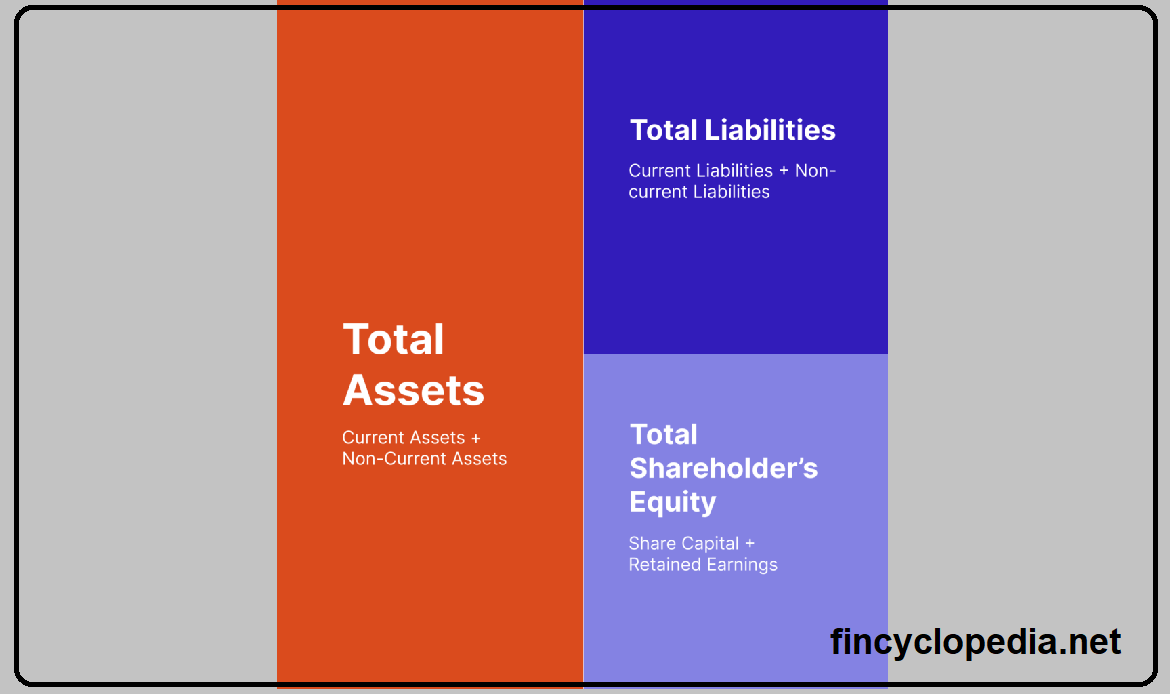The capital of a bank or financial institution that is long term or long-lasting as long as it is a going concern. It represents all the sources of funding for a bank that either has no expiration date and/ or a long-term expiration. Permanent capital includes equity capital (stock issued) and long-term debt (debt capital). Equity capital includes stock issued except that portion that may be retired by the stockholder on a repayment date, or otherwise at the option or request of the holder, as well as any type of protected stock (any stock not at risk).
Debt capital represents capital that is financed by borrowed funds (debt). It is a form of financing that allows an entity to raise funds by borrowing money from the public (e.g., creditors or investors). As a borrower or seeker of external sources of funds, an entity must repay the borrowed amount (the debt) along with interest over a specific period. Debt capital is a source of short- to long-term financing that a business taps into in order to finance its operations (usually for growth purposes). Debt capital is the case where an entity obtains capital (from external sources) without selling portions of its equity or ownership. Debt capital involves using a security of the entire entity as collateral to obtain the amount of debt from investors, who simply issue a debenture against the debt.
Debt capital consist of any other debt or equity instruments or other accounts that a bank determines appropriate to be considered permanent capital.
Permanent capital also includes current year retained earnings, allocated and unallocated earnings (which, in the case of earnings allocated in any form by a bank to any entity or other recipient and retained by the bank, shall be considered, in whole or in part, permanent capital of the bank or of such an entity or other recipient as provided under an agreement between the bank and each such entity or other recipient).
In addition to the above, permanent capital includes all types of surpluses (net of respective allowances for losses).





